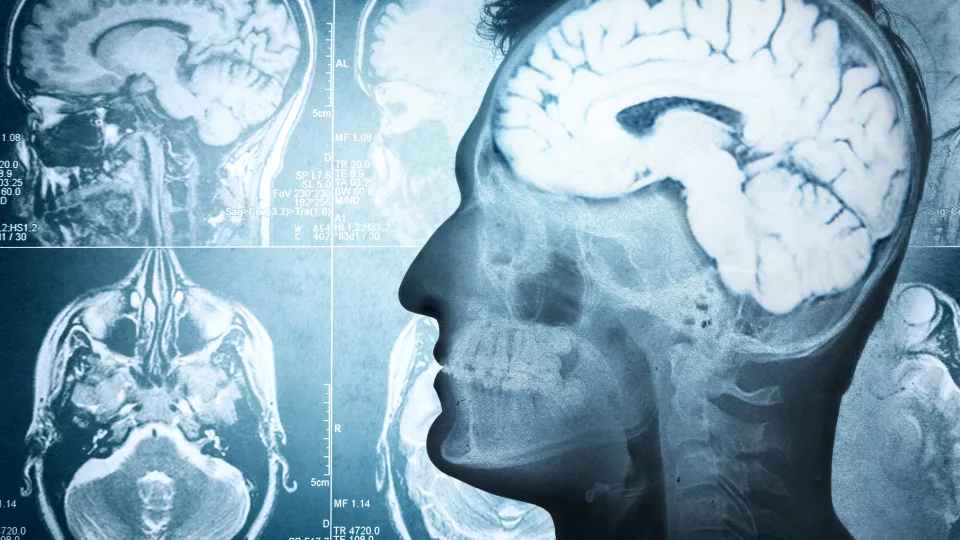Since 2013, Maria H Nilsson, associate professor of physiotherapy at Lund University, has led the study “Home and health in people ageing with Parkinson’s disease”, which follows patients over several years in order to identify the challenges they face in everyday life and how these change over time.
She considers that the study is important for many different reasons.
“Above all because there is a lack of knowledge concerning the interplay between health and home for these individuals, even though accessibility problems and housing issues are high on the political agenda”, states Maria H Nilsson and continues:
“Many similar studies about healthy people have been conducted, but people with Parkinson’s disease have very specific problems.”
Early impact on everyday life
Around 20 000 people in Sweden live with Parkinson’s disease, which is one of the major focus subjects in the University’s strategic research area MultiPark.
People suffering from Parkinson’s disease find it has a surprisingly early impact on their everyday lives. Sometimes the symptoms have already started to make life more difficult when the person in question receives their diagnosis.
People with Parkinson’s disease have very specific problems.
It is difficult to say in the early stages how fast the disease will develop or how it will affect everyday life, as the course of the disease is highly individual.
Parkinson’s disease is characterised by motoric symptoms – slow movements, reduced capacity for movement, rigidity and tremors – as well as non-motoric symptoms such as cognitive problems, tiredness and sleep disorders. Problems with walking and balance are common.
It can, in other words, make life difficult for those affected. People with Parkinson’s disease often need to move from normal to special housing a lot earlier than many other patient groups – and at a younger age.
“The home is an important part of our study”, says Maria H Nilsson.
“But we also examine many other health aspects. When we designed the project, we included many different specific research issues, which means we have gained very extensive data.”
A broader group in the study
The participants in the study make up a broader group than that usually examined by many other Parkinson’s studies – from people with mild symptoms to very ill patients.
“We excluded only those considered to be so ill that they would not be able to take part in most of the surveys, or could not give their consent”, says Maria H Nilsson.
The data collection begins with the participants filling in a self-administered questionnaire. The researchers then make a home visit in which they interview the person and carry out clinical assessments of physical capabilities. The living environment is also assessed – with regard to the accessibility problems the person faces in their home and surroundings. Questions answered by participants in the study include how they perceive their walking difficulties, balance problems, their fear of falling and how, overall, this affects which activities they avoid and their mobility in society. In addition, they were asked to describe how they valued their satisfaction with life and their confidence in their own capabilities.
Since 2013, Maria H Nilsson, associate professor of physiotherapy at Lund University, has led the study “Home and health in people ageing with Parkinson’s disease.”
The first survey was conducted in 2013 and after a follow-up study three years later the researchers had already got results that they did not expect.
It was shown, for example, that accessibility problems were due to balance issues to a greater extent than previously thought, rather than obstacles in the physical living environment.
“Even so, the home may still need to be adapted. However, the results indicate that if the objective is to reduce a person’s accessibility problems, the main focus should be on balance exercises and maintaining independent capability to walk without support aids”, says Maria H Nilsson.
After the survey in 2016, the researchers could see that the need for walking aids had increased significantly over a three-year period, but that walking aids can also provide support for continuing to be active and mobile in society.
Few Parkinson’s studies to date have examined the significance a person’s confidence in their own capabilities.
“Our results show that a person’s self-reliance has a bearing on how they valued their satisfaction with life”, says Maria H Nilsson.
Fear of falling
Another insight gained from the study is that the perceived fear of falling was greater, and more common, than the researchers had previously thought.
“Activity avoidance due to the perceived risk of falling occurs even in the early stages of the disease, and is also felt by those who have not actually fallen,” says Maria H Nilsson.
Maria H Nilsson points out that it is, of course, a good idea to avoid activities that do involve an actual risk of falling, but if the fear is allowed to direct activities more than necessary, it can lead to a negative spiral that makes life very restricted and socially isolated.
“When we designed the study, we covered all these aspects”, says Maria H Nilsson, who adds that they wanted to bring together a number of different research traditions – from rehabilitation, gerontology (the study of healthy ageing) and neurology.
Now the researchers are preparing to carry out a six-year follow-up. By carrying out repeat surveys, the researchers hope to identify signs that can predict the type of problems that can arise as the years go by. This can give us important tools that are applicable in healthcare and rehabilitation to impede the progression of the disease.

